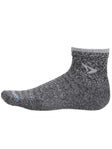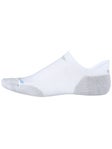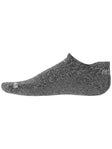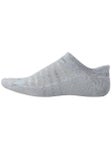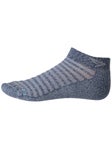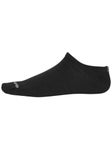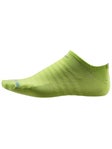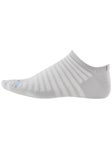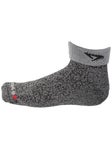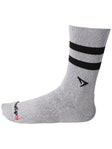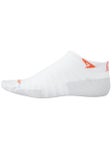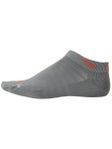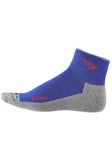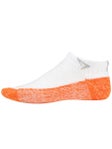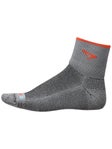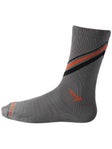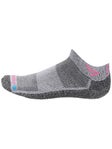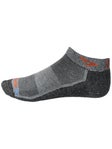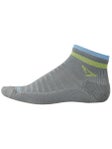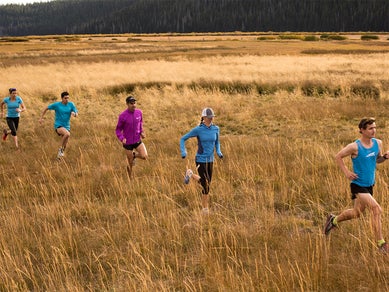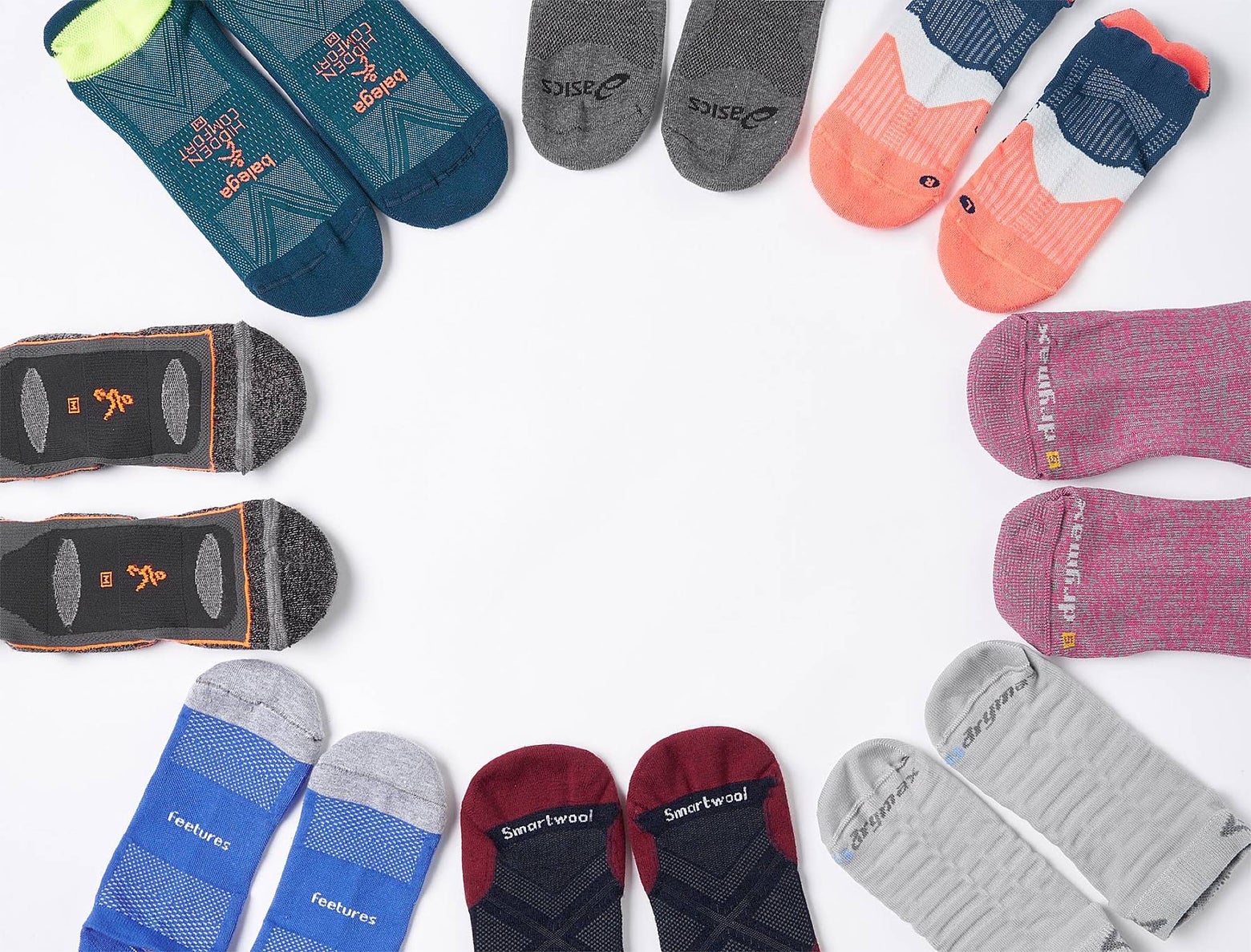Drymax Socks Comparison
We break down the main distinctions between the different types of Drymax running socks and look into what makes them some of the best on the market.
Published: July 30, 2021
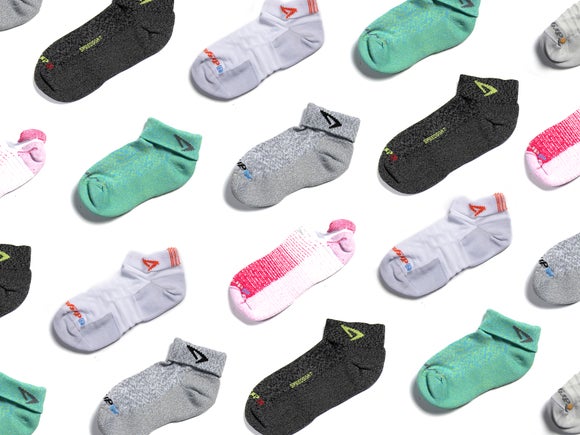
Drymax socks continue to evolve to meet the demands of road and trail runners everywhere. While these socks feature a wide variety of thicknesses and objectives, they all contain a few key features that make Drymax one of the top running sock brands on the market. First and foremost, their unique fabric features low thermal retention, which helps keep feet cool and reduces the risk of blisters, even during runs in the heat. Second, the fibres contain odour-blocking benefits that last the lifetime of the sock. Next, these socks are constructed with an advanced 3D fit to ensure they never slip or bunch up. Last but not least, all Drymax socks use a proprietary Dual-Layer Sweat Removal System to rapidly wick moisture away from your skin, allowing your feet to stay dry in any conditions. In this article, we cover the differences between the main Drymax sock types so you can find the best option for your personal needs.
Lite-Mesh Socks
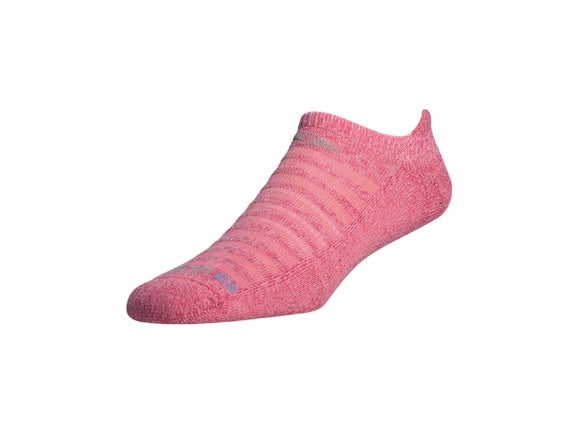
Characterised by their dense underfoot cushioning and striped mesh vents, the Lite-Mesh socks strike an excellent balance between comfort and breathability. They are the ideal performance socks for runners looking for both cushioning and ventilation for hot-weather runs. The Lite-Mesh socks range in height from no-show to crew, so you can wear your preferred coverage.
Hyper Thin Socks
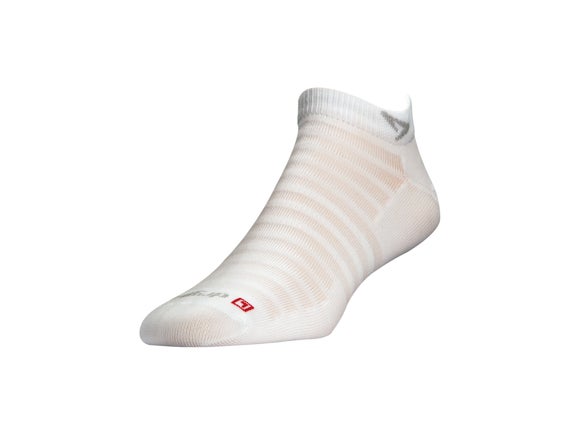
Known for being ultra-thin and ultra-lightweight, the Drymax Hyper Thin socks offer minimal coverage with extra ventilation to keep your feet cool and dry for the long haul. These running socks were designed to be one of the lightest on the market, and they still feature Drymax's Dual-Layer Sweat Removal System. These socks are perfect for the runner who trains in hot conditions and doesn't want blisters to slow them down.
Trail Socks
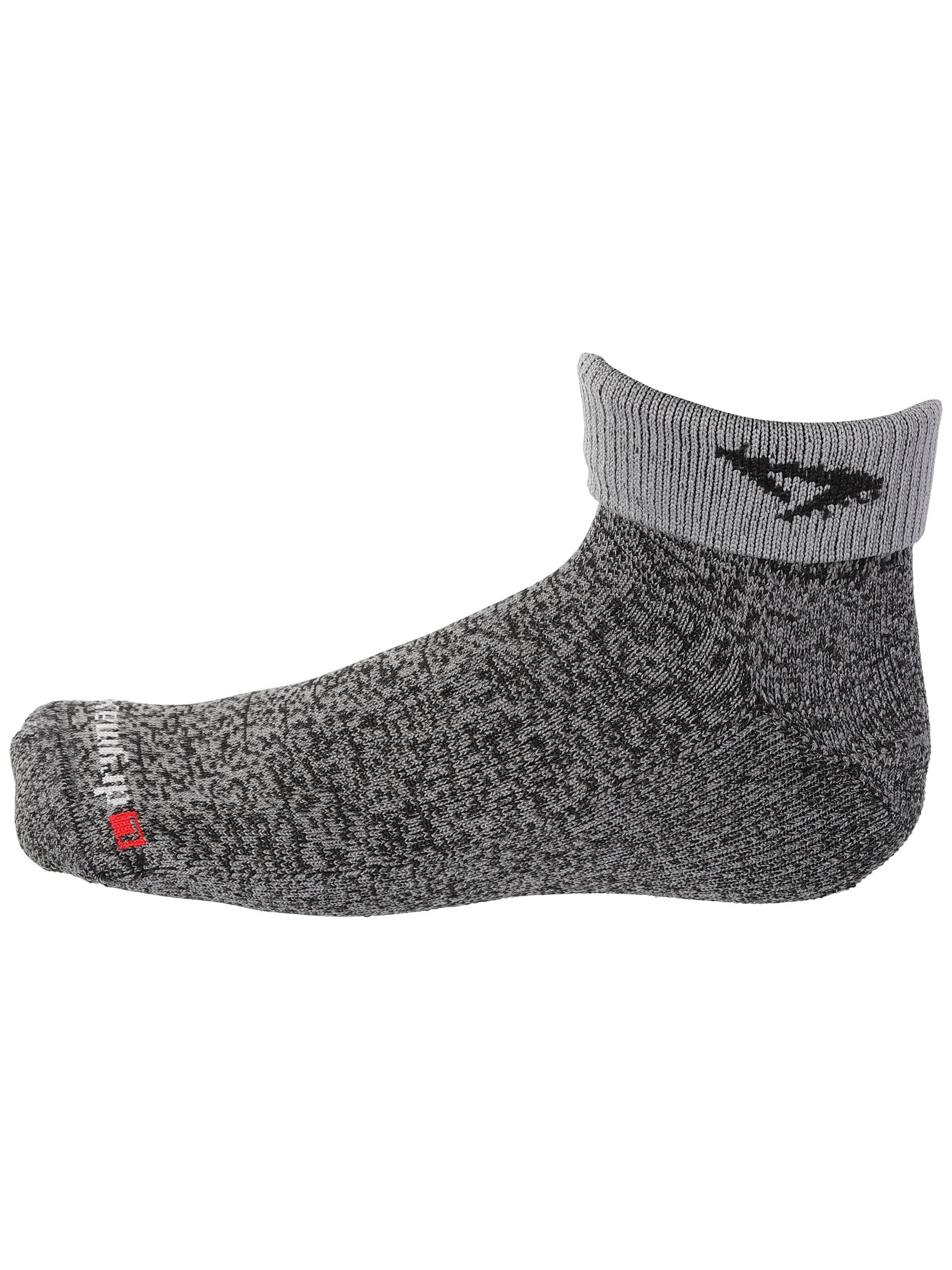
The trails require a lot more durability and security than typical road-running socks, and the Drymax Trail socks rise to meet the challenge. These densely padded running socks offer a thick underfoot feel to add comfort and keep blisters at bay. The fabric is also slightly less elastic than the road version, adding security and balance to your landings. Ranging from quarter-crew to full-crew heights, the Drymax Trail socks feature a double-knit design around the ankle to reduce the effects of bumps or scrapes and prevent debris from coming into contact with your skin.
Lite Trail Socks
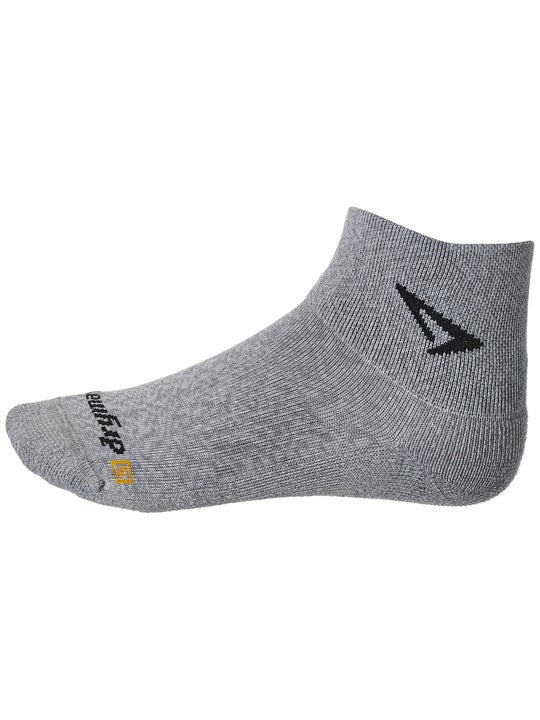
The Lite Trail socks are a stripped-down version of the original Trail socks, offering a lighter weight and smoother feel for ultimate comfort even on tough terrain. These trail running companions use a seamless knit design to eliminate any rubbing or chafing. They also feature a double-knit leg and a supportive arch band that locks the sock in place to provide a perfect fit. The Drymax Lite Trail socks are ideal for the trail runner seeking the highest quality in comfort and protection for their race or training run.
Blister Protection Socks
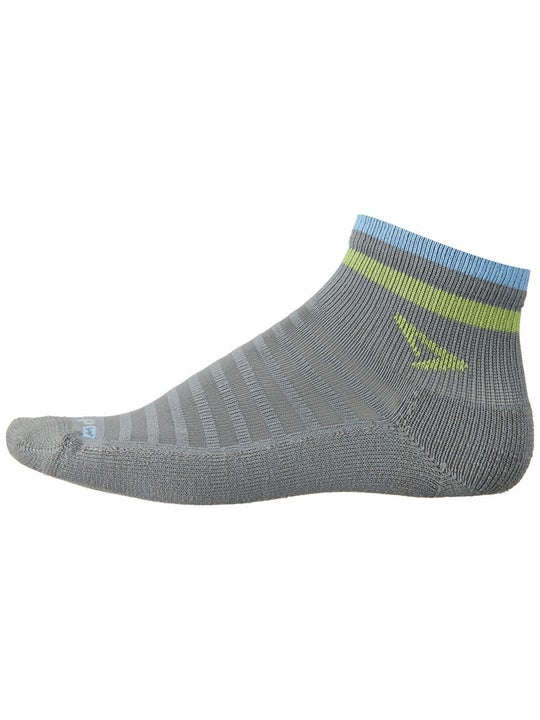
While Blister Protection socks come in a wide variety of road or trail-specific options, they all have one thing in common: PTFE. The PTFE fibres offer a host of benefits, including a vast reduction in friction which prevents blisters or hot spots, as well as keeping thermal retention to an absolute minimum to stop overheating. These socks are ideal for the road or trail runner who trains in hot or damp conditions and needs maximum protection against blisters. The only downside is that PTFE is an expensive fibre, so the cost of the socks is high. However, if you struggle with blisters or discomfort due to your tough training conditions, Drymax's Blister Protection socks may be the solution you've been searching for.

